Category: Automation
-
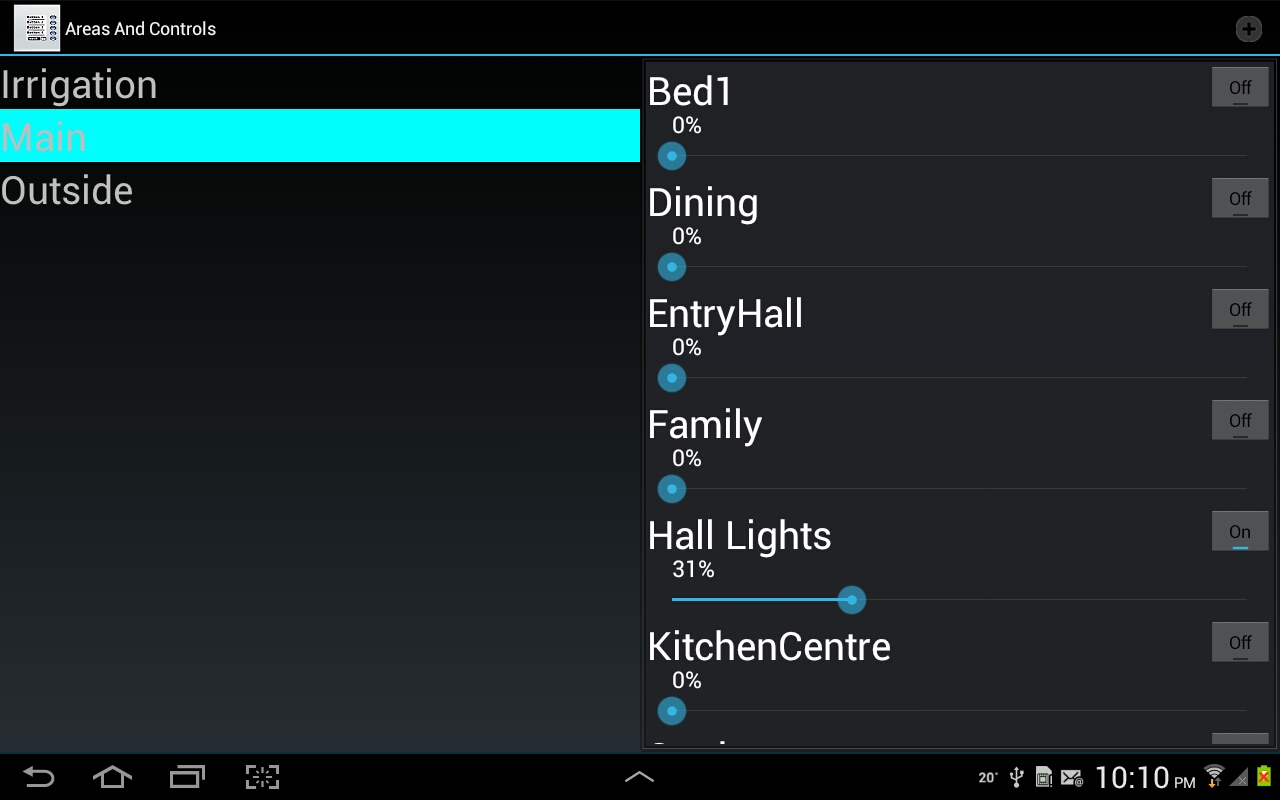
myCB Intro
myCB – My CBUS Handheld control of your CBUS installation This is the home of myCB, a piece of software that lets you control your C-Bus lighting system from the comfort of your mobile device. The software has been thoroughly wife, mother-in-law and child tested with no harm done to humans, walls,…
-
OARUsers
Welcome!
-
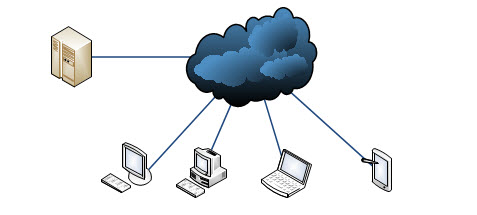
OnlineAutomationRepository
OAR – The Online Automation Repository Providing a cloud solution to the Automation Community! This is the home of OAR, the Online Automation Repository, a piece of software to backup and synchronise your automation configuration files. The OAR system consists of two main components, the ‘cloud’ server that provides all file storage services…
-
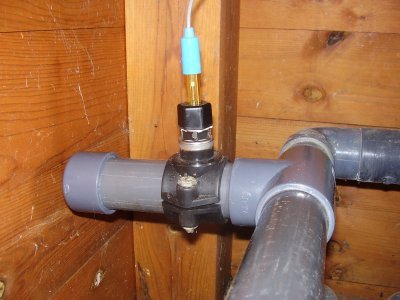
Hardware pH Monitoring
pH Monitoring I would like to automate pH control of my swimming pool, but it has proven to be a much more complex task than I had imagined. My pool has an electrolytic chlorine generator. The pool contains salt, and the chlorinator generates Chlorine by electrolysis. In many ways this is an ideal way to…
-
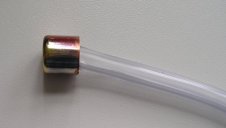
Hardware Pool Temp Sensor
Pool Temperature Sensor My pool temperature sensor has been working reliably for almost five years now, so I thought it was worth showing how I made it. It’s a DS18S20 on the end of a piece of cat-5 cable. The sensor is fed down a length of ¼” transparent plastic tube. This type of tube…
-
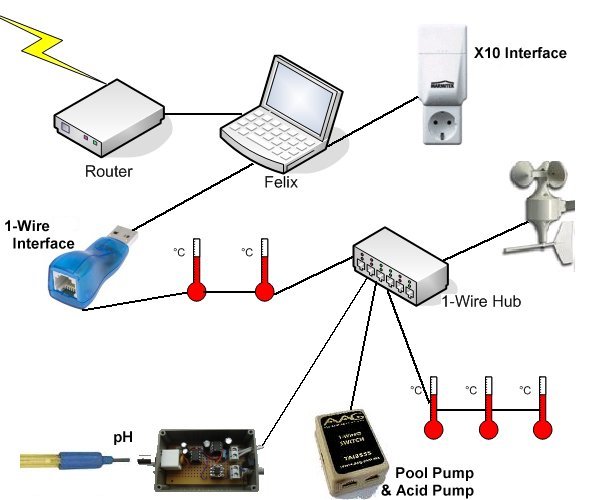
Hardware System
System This is a rough schematic of some of a system. Felix runs on an ancient Dell laptop running Windows 2000. It is connected to a CM11 X10 interface and a DS9490R USB 1-Wire interface. There are several DS1820 temperature sensors around the house. A cable runs out to the poolshed, where a 1-Wire hub connects…
-
Hardware Supported
Hardware Supported by Felix One-Wire Hardware Felix should be able to support any devices based on the following chips: Chip Description Channels and Features Supported DS1820 Temperature sensor Temperature DS2405 Single switch PIO DS2406 Dual addressable switch Channel A, Channel B, Vcc DS2408 Eight channel switch Bit 0 – bit 7 DS2409 MicroLAN Coupler (Hub…
-

Hardware
Hardware Felix currently supports 1-Wire and X10 hardware. There are many excellent websites describing 1-wire and X10 hardware, and there seems little point in replicating much of that information here. However, in case you are a complete novice, here is a basic introduction. 1-Wire The really cool thing about the 1-wire network is that you…
-
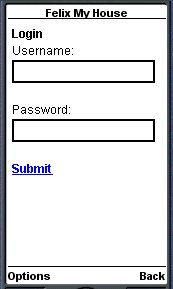
ScreenShots-WAP
WAP (Mobile Phone) Felix works on mobile phones too! Only Panels are supported on WAP, but you can make them do exactly what you need. For example:
-
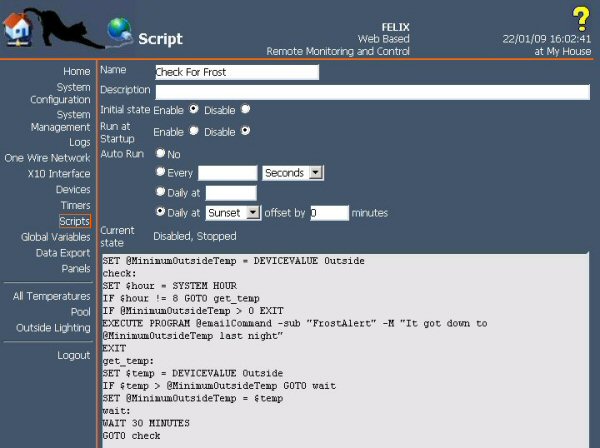
ScreenShot-Scripts
Scripts Felix has a powerful Scripts language, enabling it to do almost anything.